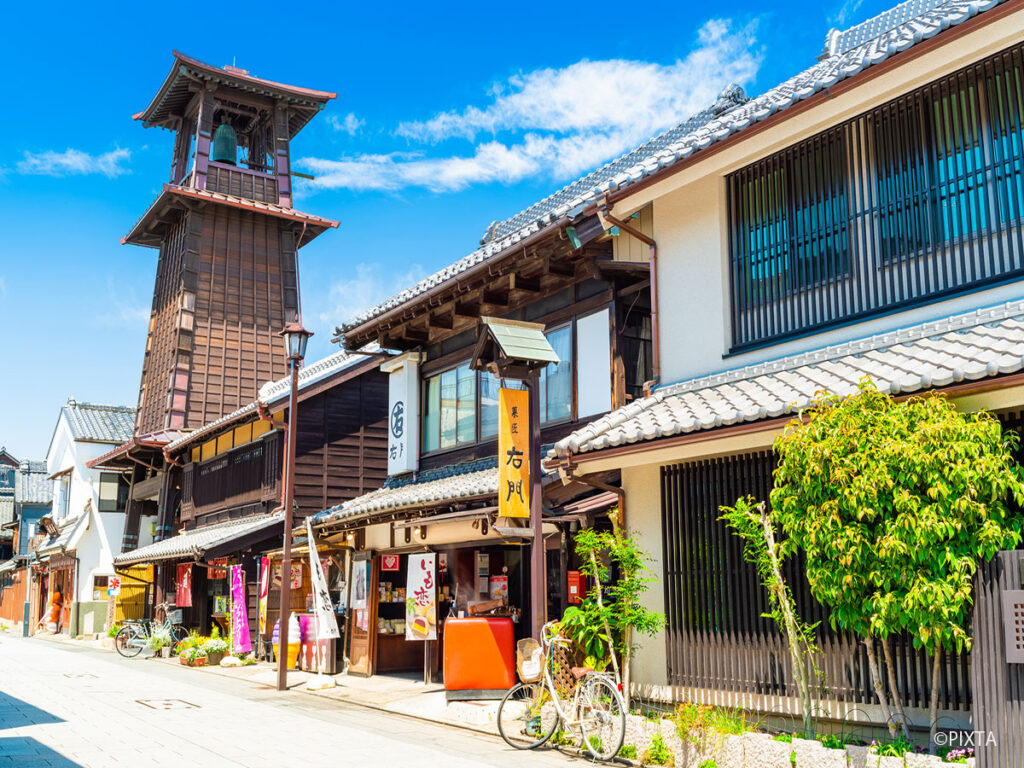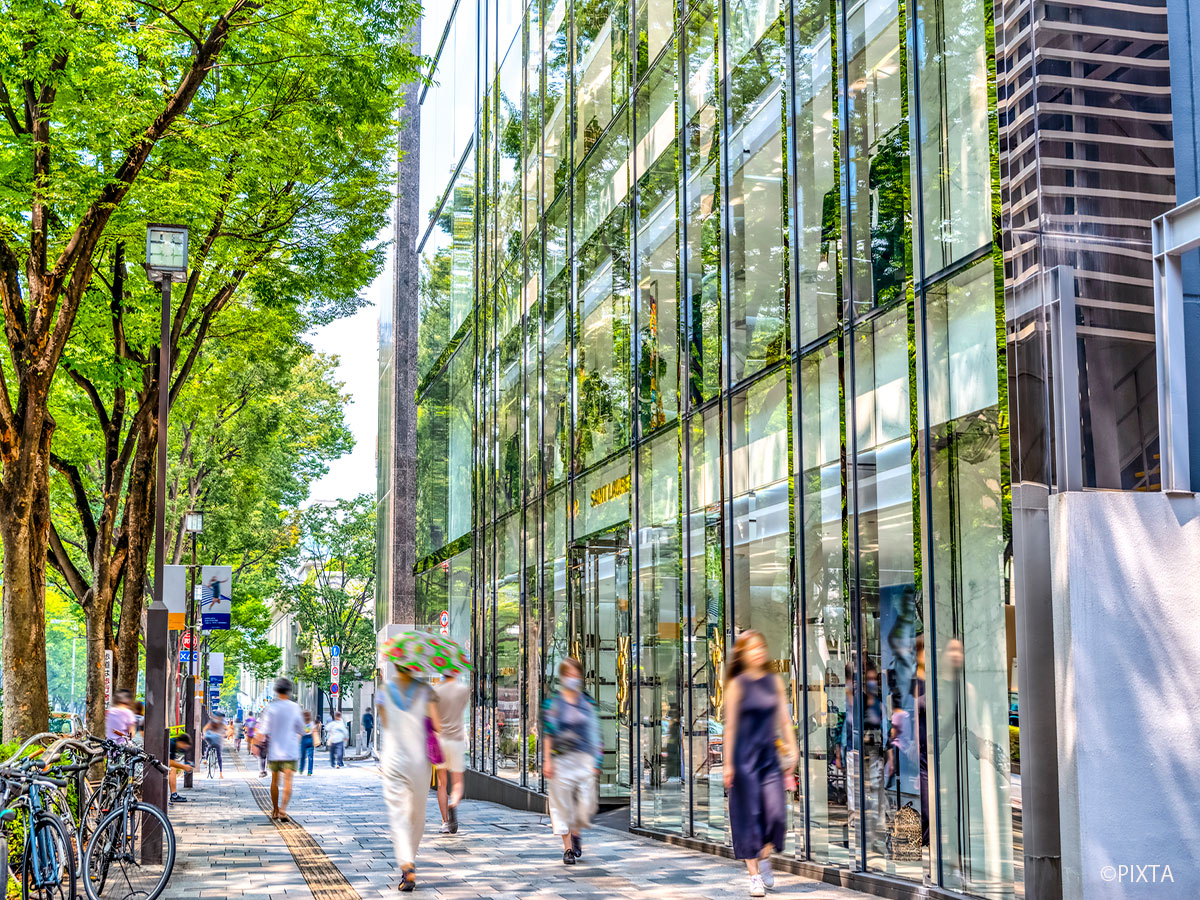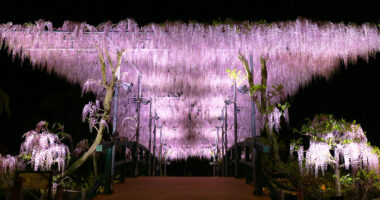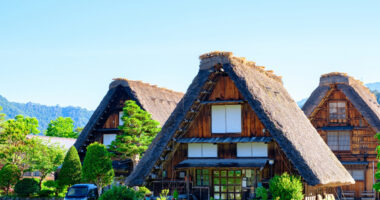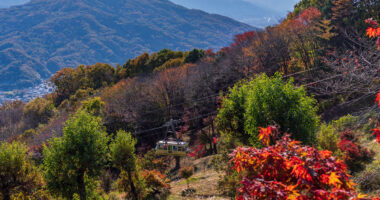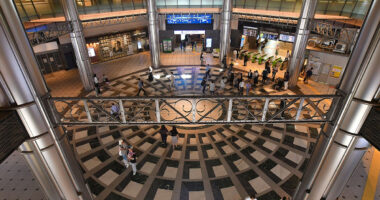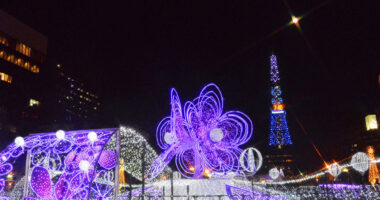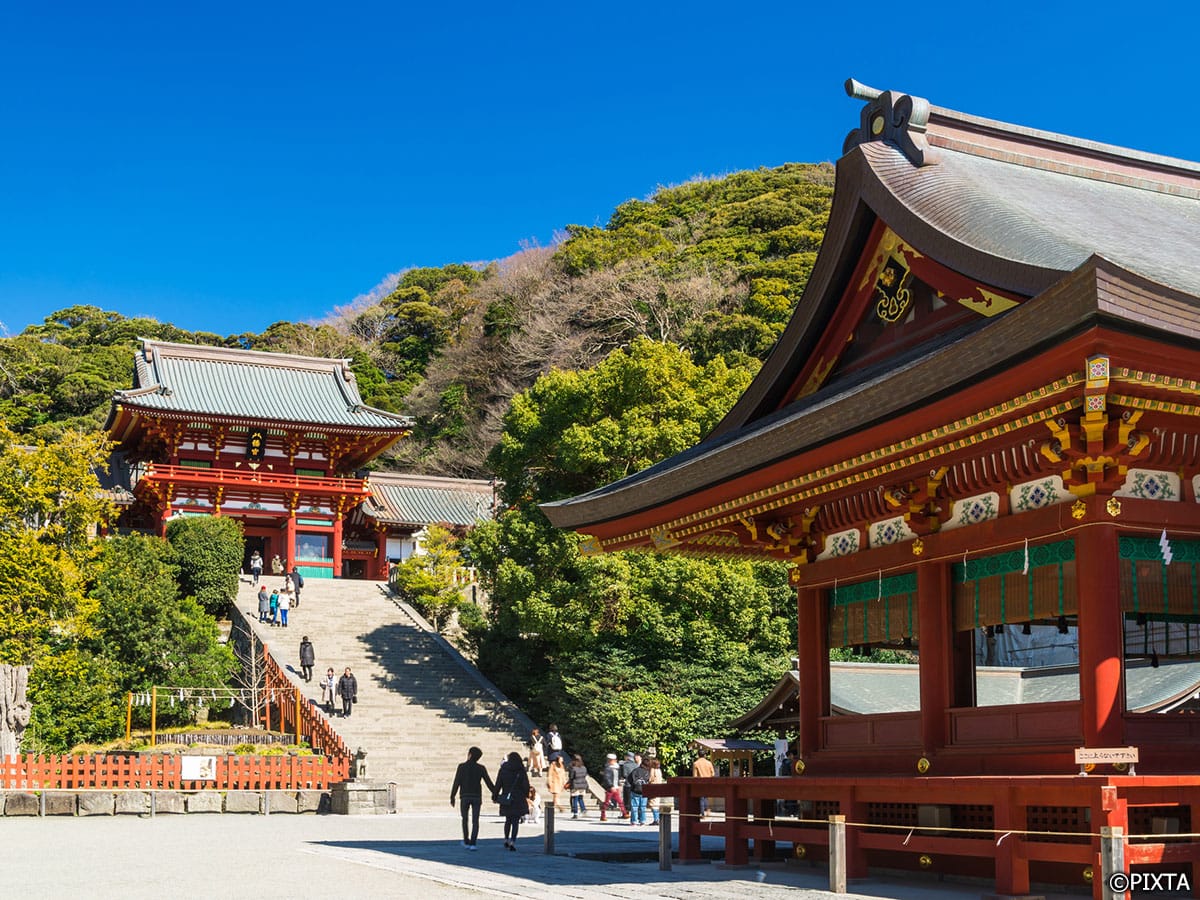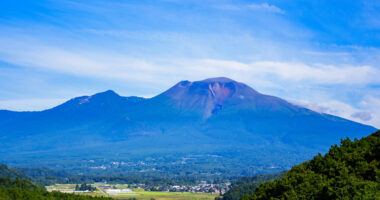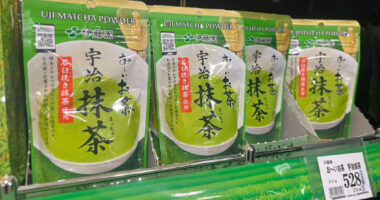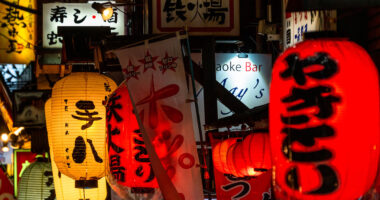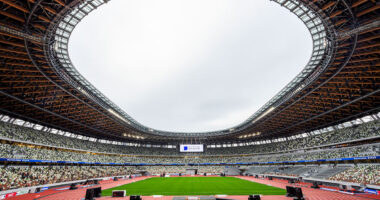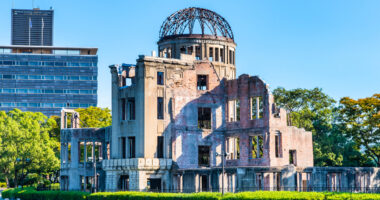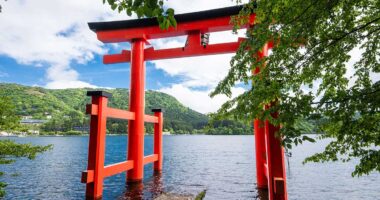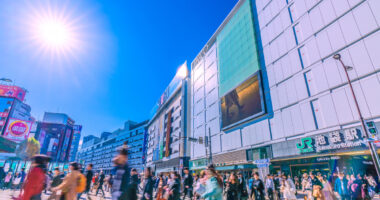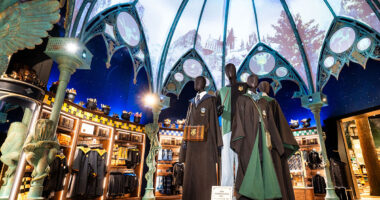It’s just under an hour train ride from Tokyo, but a trip to the city of 川越 Kawagoe will have travelers feeling like they’ve traveled back in time to the days of early Tokyo. Kawagoe is celebrated for its well-preserved historic district, which has earned it the nickname “Little Edo” due to its resemblance to Tokyo during the Edo period (1603-1868). The city lives up to its name with an abundance of traditional architecture, dishes, and cultural experiences that make for a charming day trip adventure away from the hustle and bustle of Tokyo.
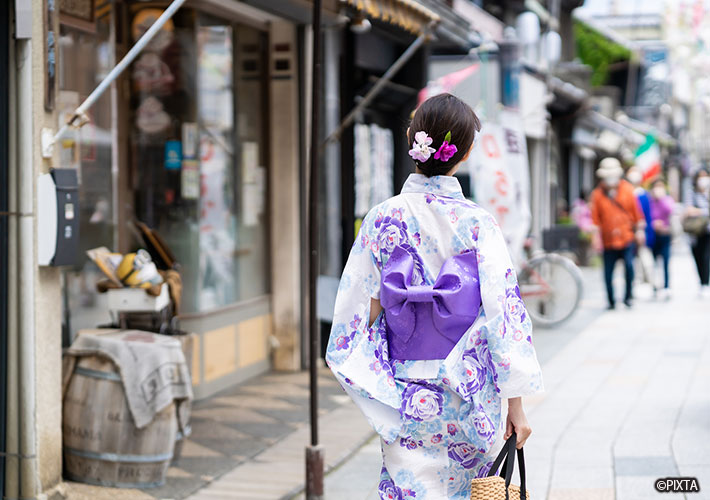
Kawagoe is a great day-trip to get a feel for “old” Tokyo. [Photo for illustrative purposes only]
Access
Kawagoe Station (TJ21) is most easily accessed from the Tokyo area via the Tobu Tojo Line from Ikebukuro Station, roughly a 30-minute ride. Travelers can also take the JR Saikyo Line from Tokyo Station, which takes roughly the same amount of time. Many of Kawagoe’s main attractions are a direct and linear walk from Kawagoe Station.
Food and Drink
Sweet Potatoes: Kawagoe is famous for its sweet potatoes, which are grown in the area and used in a variety of dishes. Walking the streets of the city, you’ll find vendors and restaurants selling sweet potato croquettes, sweet potato chips, sweet potato soft-serve ice cream, and even sweet potato craft beer. One particular specialty to try is 大学いも daigaku-imo, which are sweet potatoes covered in sugar syrup.
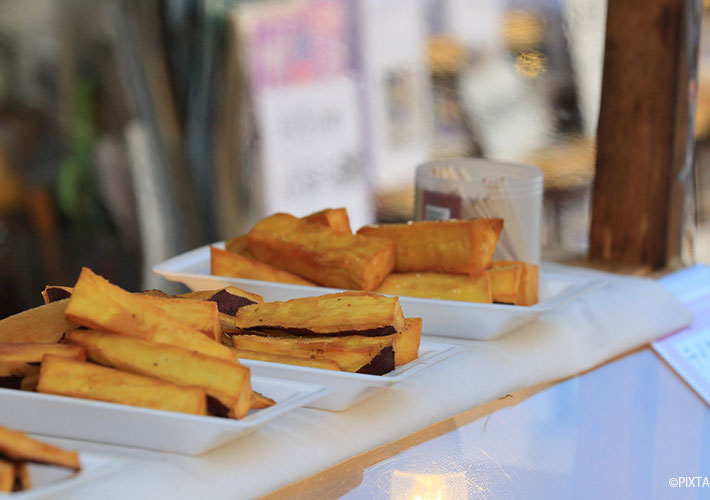
Kawagoe’s famous sweet potatoes are served in a variety of different delicious styles.
Old-fashioned cafes and bakeries: The main avenues and back alleys of Kawagoe are lined with chic cafes and popular bakeries, many of which have been converted from old buildings from the Edo period. Their distinct aesthetic is appealing on its own but step inside to try out tea and sweets. One particular street to do so is 菓子屋横丁 Kashiya Yokochō, or Candy Alley. Candy Alley is lined with old-fashioned candy shops selling traditional Japanese sweets, candy, and crackers.
うなぎ Unagi (freshwater eel): Kawagoe is also known for its unagi dishes, such as grilled eel over rice, which can be found at various restaurants in the area.
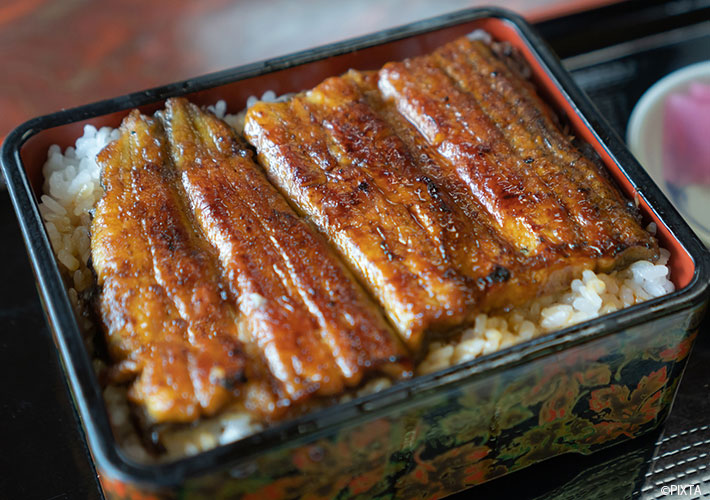
Kawagoe boasts a number of delicious unagi restaurants. [Photo for illustrative purposes only]
Shopping
蔵造りの町並み Kurazukuri no Machinami Kurazukuri Street: What serves as Kawagoe’s main avenue is lined with traditional clay-walled warehouses called “kurazukuri,” which were used for storing goods during the Edo period. Many of these buildings have been converted into shops and cafes, giving the area a nostalgic atmosphere. The shops on the street specialize in many traditional Japanese crafts and goods, perfect for souvenirs.
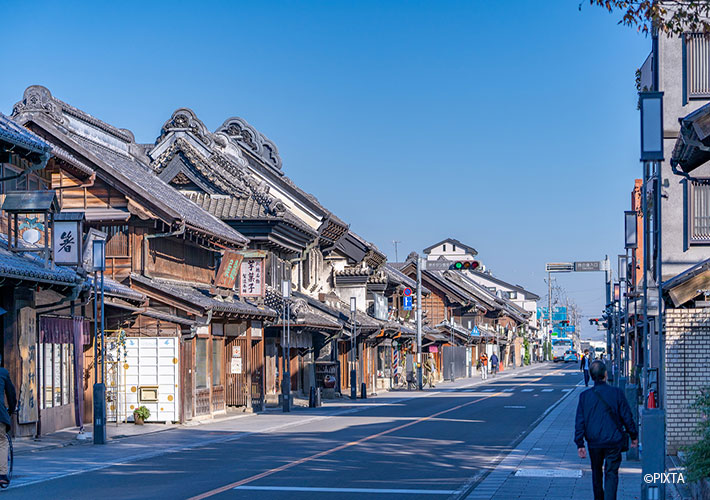
Many buildings in Kawagoe have a well-preserved architectural style reminiscent of early Tokyo.
Crea Mall: Those looking for some more modern shopping will want to head to Crea Mall, a shopping center street with many shops selling clothes, cosmetics, and home goods. Travelers can feel like they’re stepping back in time as the modern street slowly gives way to the traditional district of Little Edo.
Sightseeing and Attractions
Kawagoe Bell Tower: Like much of Kawagoe, this landmark bell tower was originally built in the Edo period. Back then it was used to warn people of fires in the area, but today it has an observation deck that provides a splendid view of the city’s historic district. The surrounding area also has many gift shops and restaurants to enjoy.
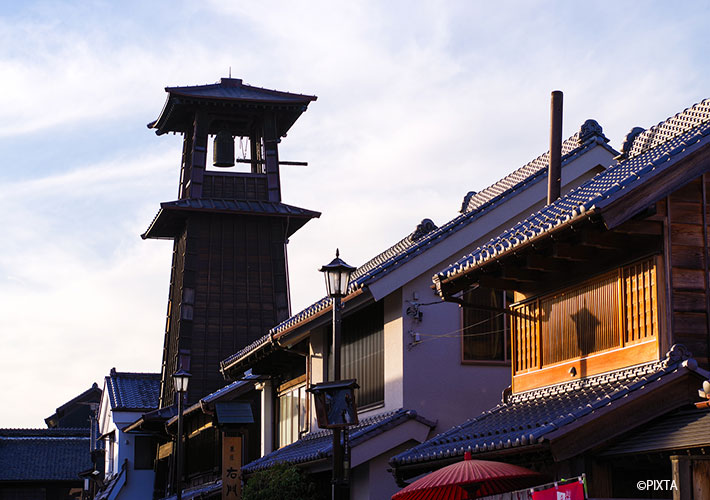
Kawagoe’s iconic bell tower is a highlight the trip to Little Edo.
川越氷川祭 Kawagoe Hikawa Matsuri Kawagoe Festival: One of the most famous festivals in the region, the Kawagoe Festival is held annually on the third weekend of October. The festival is highlighted by a parade of traditional Japanese floats, called 山車 dashi, which are decorated with intricate carvings and decorations. The floats are pulled through the streets by teams of men and women, who chant and play traditional music on flutes and drums. When floats meet during the parade, the opposing teams engage in a theatrical musical battle.
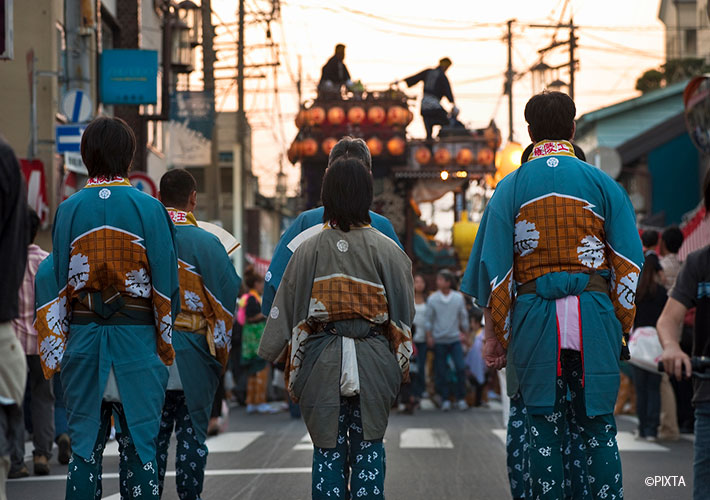
The floats of Kawagoe’s famous festival are a grand spectacle.
In addition to performing arts such as drumming and dancing, the festival is also a great opportunity to try Japanese street food as many stalls line the streets.
Overall, Kawagoe offers international tourists an opportunity to enjoy traditional aspects of Japan in a city that has remarkably preserved its history through architecture, food, and historical sites. Just a stone’s throw away from central Tokyo, Kawagoe is a highly rewarding visit for anyone interested in exploring Japan’s thriving traditional culture.
